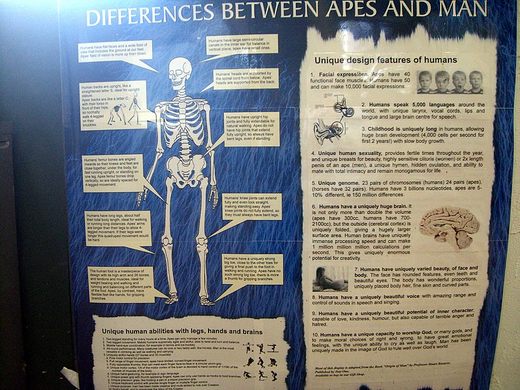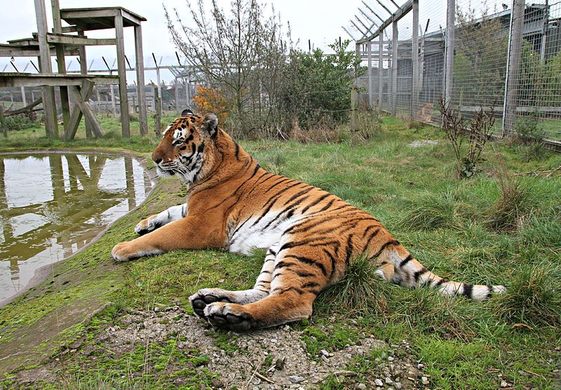Noah's Ark Zoo Farm
While praised for its conservation efforts, this zoo has sparked controversy over its promotion of creationism.
In 1995, a lifelong farmer and conservationist Anthony Bush bought a farm in the village of Waxxal in North Somerset. Initially using the farm to grow crops and raise sheep, Bush decided three years later to convert the space to a zoo. Initially little more than a petting zoo with domesticated animals and llamas and alpacas, Bush soon introduced exotic animals from Africa, Asia, and South America.
Over the years Noah’s Ark Zoo Farm has received positive press for its conservation efforts. In 2009, a live webcam broadcasted the birth of a Brazilian tapir. By 2012, the zoo proudly proclaimed to have the largest elephant sanctuary in northern Europe. Including large grazing space, shelter from the weather, and a heated pool, the sanctuary utilizes green energy such as solar power, rainwater collection and biomass heating. After joining the European Endangered Species Programme, the zoo introduced threatened species such as gibbons and spectacled bears.
Despite all its acclaim, Noah’s Ark Zoo Farm is not without its controversy. As the name suggests, the zoo has a religious angle to it. Anthony Bush is a devout Christian and a believer in Old Earth creationism. The zoo’s creationist agenda is largely restricted to a large barn that houses an auditorium and exhibits promoting the pseudoscience.
This commitment to creationism led to public denunciations of Noah’s Ark Zoo Farm by humanists, scientists, and even religious leaders. The controversy would lead to the British and Irish Association of Zoos and Aquariums to expel the Noah’s Ark Zoo Farm from the governing body in 2009. The ban was not permanent, however, as Noah’s Ark Zoo Farm was readmitted in 2015.
The Atlas Obscura Podcast is Back!










Follow us on Twitter to get the latest on the world's hidden wonders.
Like us on Facebook to get the latest on the world's hidden wonders.
Follow us on Twitter Like us on Facebook